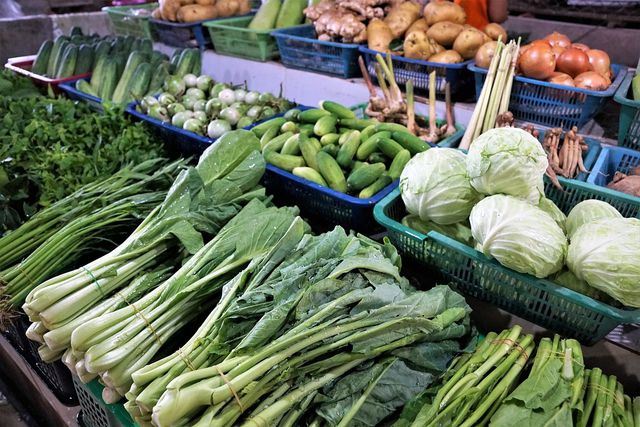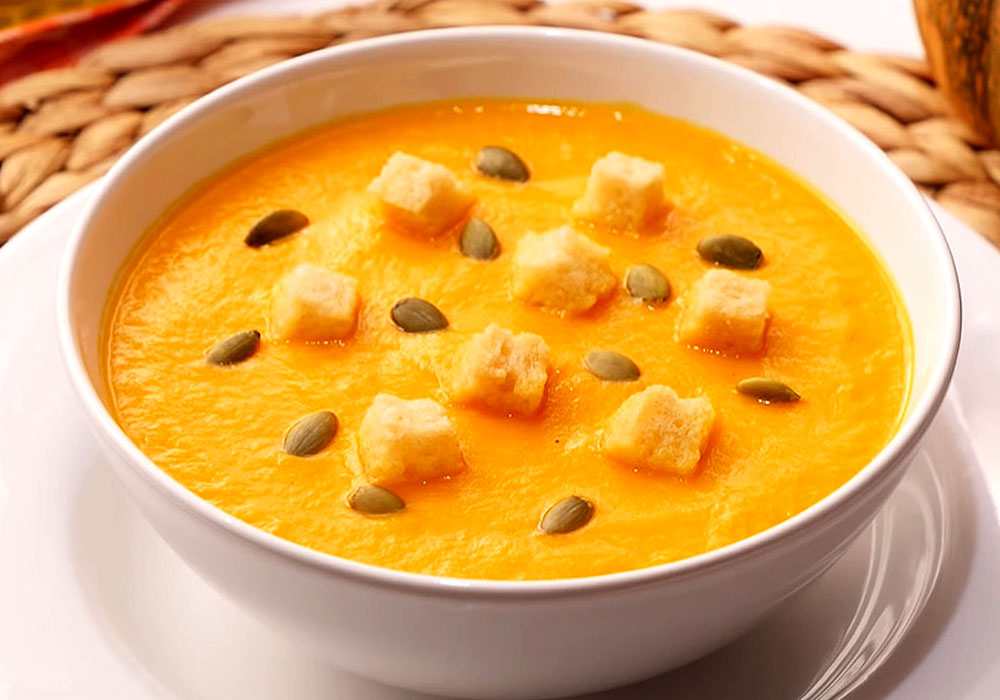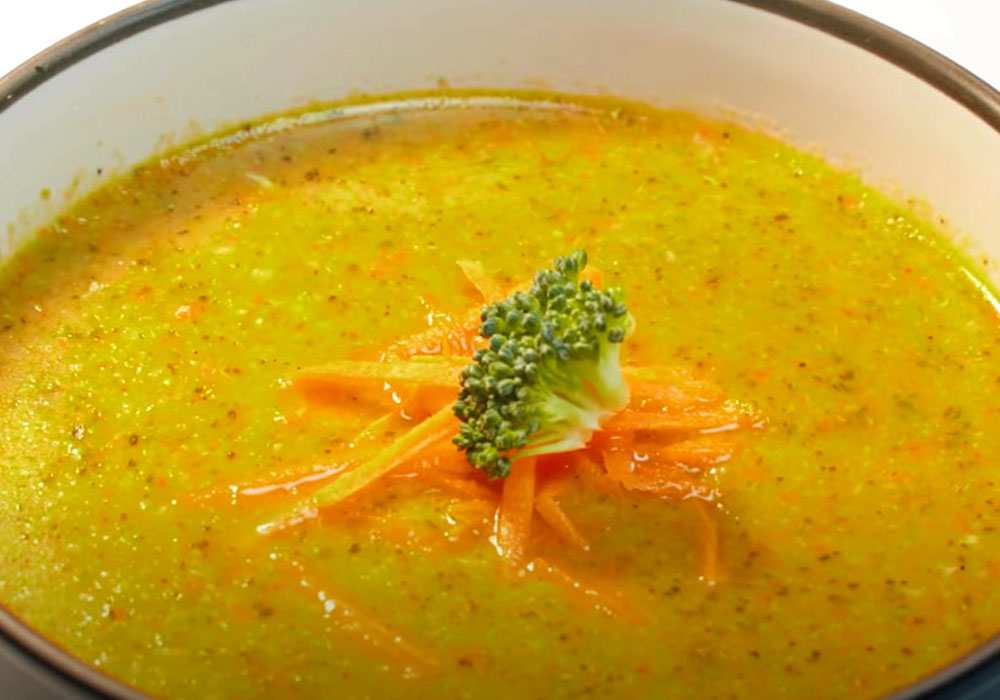Have you heard of the cabbage soup diet? We tell you how it works, what risks are associated with the crash diet and which recipes you can use to make the soup.
Cabbage Soup Diet: What’s behind it?
The thesis of the cabbage soup diet is simple: digesting the cabbage soup requires more calories than are ingested during the meal. This is intended to achieve a weight loss of up to 8 kilograms within a week, which is also confirmed by many positive reports on the Internet. Critics, on the other hand, blame the weight loss on dehydration and muscle loss due to protein deficiency.
However, the one-sided diet offers some advantages:
Cabbage contains many vitamins and minerals
inexpensive
seasonal
often also regionally
fast and easy
prepare well
This is how the cabbage soup diet works

There is no patent recipe for the cabbage soup diet. Basically, it’s about eating cabbage soup for a week: morning, noon, night. Depending on the variant, additional food may or may not be allowed. You can’t feel hungry during the cabbage soup diet, so you can eat as much cabbage soup as you want. It is also important that you drink a lot: three to four liters of water a day are recommended. Abstaining from coffee and alcohol is mandatory.
The basic ingredients for a cabbage soup diet are mainly various types of cabbage:
white cabbage
savoy
Kale
cabbage
Cauliflower
But herbs such as parsley or other soup vegetables such as celery, tomatoes, carrots and onions may also be consumed.
Risks and side effects of the cabbage soup diet
Since you are not allowed to eat between meals or snacks on the cabbage soup diet, the cravings for forbidden things automatically increase. You can also get protein and carbohydrate deficiencies as a result of the diet. This in turn increases appetite for foods high in protein and carbohydrates. In addition, the German Society for Nutrition (DGE) points out that increased fat burning through the cabbage soup diet has not yet been scientifically proven.
You can counteract the protein and carbohydrate deficiency by eating other foods in addition to the cabbage soup – as provided for in some variants of the diet. In this case, red lentils are a good choice: They contain a lot of proteins, but also carbohydrates.
In addition to nutrient deficiencies and food cravings, you can get bloated because cabbage is high in fiber. A fennel tea helps here after the meal – or you season your soup with caraway seeds.
As is often the case with diets, experts suspect that the cause of weight loss is low calorie intake and doubt the miracle effect of cabbage soup. In principle, however, there is nothing wrong with cabbage soup, especially with regard to the vitamin content. For days, however, the cabbage soup diet is probably too monotonous.
The cabbage soup diet is not recommended for people with circulatory or metabolic diseases.
Cabbage soup: basic recipe and possible variations
The basic recipe for cabbage soup is simple, requires few ingredients and is quick. In addition, you can theoretically pre-cook them for your entire cabbage soup diet week. Cabbage soup can be stored in the fridge for a few days, but it can also be frozen.
First you need the following ingredients:
8 onions
2 tbsp tomato paste
1 tbsp mustard
1 kg of carrots
1 stick of celery or half a celeriac
1 large head of cabbage, for example white cabbage
1 pepper
8 tomatoes
Parsely
Pepper salt
chili
Caraway seeds
Ginger
How to prepare the cabbage soup:
Peel and chop the onions and sauté them in a large saucepan until translucent.
Add the tomato paste and mustard.
Peel the carrots and celery root, dice them and add them to the pot as well.
Fry the vegetables for about four to five minutes.
Wash the cabbage and peppers, chop them up and add them to the onion, carrot and celery mixture.
Fry everything together for three more minutes.
Chop the tomatoes, add them to the pot and fry them for two minutes.
Deglaze the vegetables with 4 to 5 liters of water and season to your taste.
Bring the soup to a boil, put the lid on the pot and let the soup simmer for about 30 minutes. Depending on how big you cut your veggies, the cooking time may be a little shorter or longer. When the vegetables are cooked, the soup is ready.

You can season the cabbage soup with spice mixtures from all over the world. For example, turmeric, curry, cinnamon and garam masala provide Indian spice. The Italian version succeeds with oregano, basil and herb salt, while miso paste gives the soup a Japanese touch.
If you like smoothies in the morning, simply puree your soup and enjoy it thick and cold like a gazpacho. To achieve a smoothie consistency, simply add 1-2 tablespoons of cashew butter to your cabbage soup.
If you want to control your weight long-term, the cabbage soup diet won’t work wonders either. Try to change your diet sustainably and exercise and do sports regularly. In this way you will permanently achieve a healthy weight.







